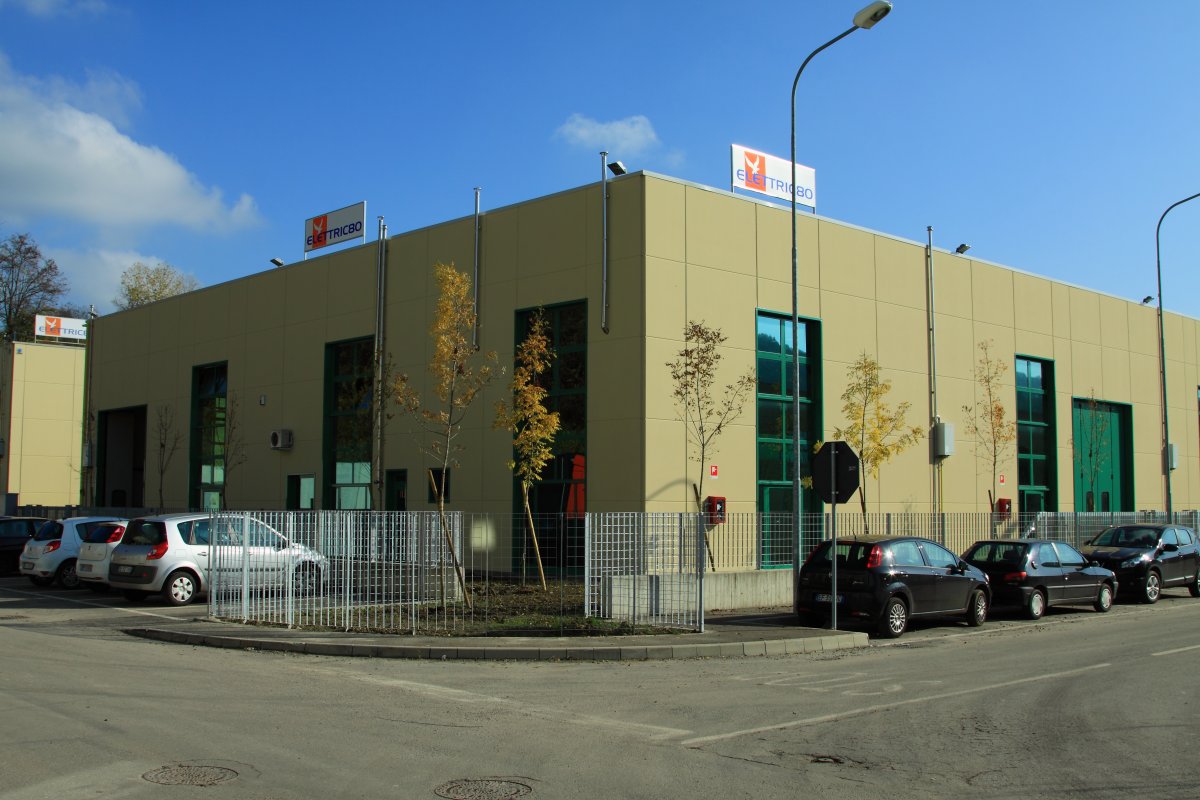Master Thesis
“Autonomous Navigation Trough Inertial Odometric Sensor Fusion”
Graduant: Riccardo Montipò
Supervisor: Mariolino De Cecco
Company: Elettric80 – Industrial Supervisor: Davide Ronzoni
The work which I discussed in my thesis has been developed in Elettric80 S.p.a. in Viano (RE). The company sells fully-integrated automatic warehouse management systems, in which LGVs (Laser Guided Vehicles) pick/drop pallets from/on single points called stations which could be palletizers, racks, or even the interior of a truck. Any LGV performs path following during navigation. Paths are virtually defined and link stations inside the plants.
The aim of my work is about testing a new inertial-odometric sensor fusion inside the navigation algorithm of the LGVs, actually based on an Extended Kalman Filter. Since the proposed sensor fusion covers only the prediction phase of the EKF, the contribution of the laser measurement has not been taken into account. The main goal indeed is to improve as much as possible the navigation accuracy without the contribution of the laser measurements. The sensor fusion algorithm which I used has been extracted from the paper of Prof. De Cecco – “Sensor fusion of inertial-odometric navigation as a function of the actual manoeuvres of autonomous guided vehicles ”.
More in details, I compared three inertial sensors with different features, an SGB-IG500A AHRS (Attitude and Heading Reference System), a simpler STW-NGS2 IMU and a single gyroscope GOTTING HG-84300. Notice that I extracted the only information needed from each sensors, the angular velocity, and I compared the navigation results provided by these measurements.
In Matlab I built an optimizer which is able to compute the best parameters involved in the proposed algorithm which could decrease the final error position during a single navigation simulation along a path. This phase has been crucial in the way to verify the success possibility of an improvement in navigation accuracy, and we had positive results. GOTTING HG-84300 finally showed the best behavior and led to satisfying inertial-odometric navigation accuracy results.

